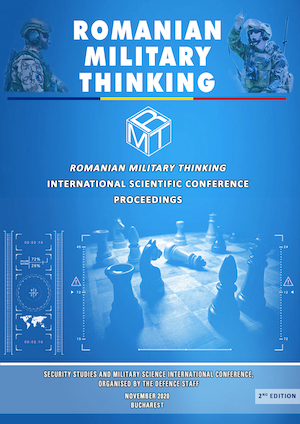Analysis of the Main Internal Components of the Black Sea Security System – The Main Characteristics of the National Security of Romania throughout the 20th Century –
Analysis of the Main Internal Components of the Black Sea Security System – The Main Characteristics of the National Security of Romania throughout the 20th Century –
Author(s): Marius Sorin Miclea
Subject(s): Security and defense, Military policy
Published by: Centrul tehnic-editorial al armatei
Keywords: community space; Black Sea; communism; Warsaw Treaty Organisation; interwar period;
Summary/Abstract: Internally, immediately after the end of the Cold War, the Black Sea region appears configuredas an unstable region, on whose territory economically weakened states were in competition,affected by a pandemic corruption that was eroding the basis of newly established democraticpolitical regimes, descendants of totalitarian regimes that had recently succumbed. Most ofthe vigour of these states was consumed in a series of sterile political controversies, in a fragilelegislative framework, which had replaced the ossified structures of the former so-calledpopular democracies. The parliaments of these states were also, in turn, wired by corruptionand characterised by a lack of interest in the real and, especially, the serious problems of thepopulation. Despite these realities, the population was overwhelmingly in favour of integratingthose states into NATO and the European Union.The former Soviet republics, Georgia, Ukraine and Armenia, also began to show, in turn,the germs of a European orientation, timid, indeed, but remaining dependent upon residualcommunist reminiscences specific to the mentality perverted by the totalitarian regime. Inthese circumstances, it seemed certain that at least another generation would have to pass forthese states to change their mindsets deeply rooted in communist reality.
- Page Range: 66-77
- Page Count: 12
- Publication Year: 2020
- Language: English
- Content File-PDF

